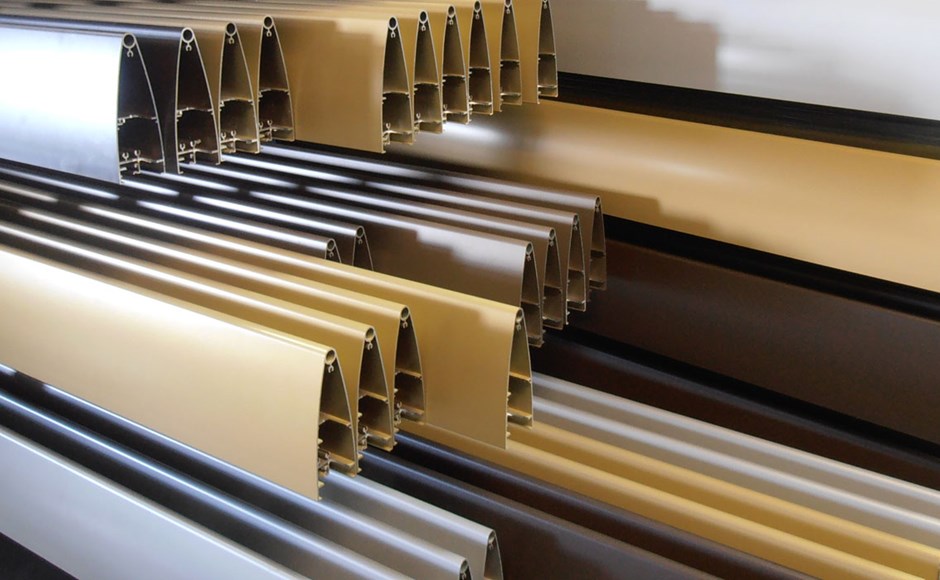Surface Finishing

Overview
There are many surface finishing options available such as anodising, powdercoat, PVF2, galvanising and industrial paint - it is therefore important to specify the best solution for your project's construction methodology and environmental exposure.
In spite of the fact that aluminium self-passivates (surface oxidation), surface coatings allow for the metal to have greater resistance, thereby increasing durability, whilst also allowing colours and special effects to be added to the metal itself.
Stainless steel and weathering steel (Corten) also both self-passivate but have completely different surface finishes based on their alloy compositions - but neither of these finishes require surface coating to extend their life expectencies.
Cast, rolled, plate etc or other mill finished steel sections do however require additional surface finishes - when used externally or structurally, they must be suitably industrial paint coated (often a multiple layered process) or galvanised to meet the structural integrity of 50 years.
The most common methods of protecting and adding colour to metal are the following:
- Powdercoating - Aluminium or Steel
- PVF2 (Polyvinyl flouride)
- Anodising - Aluminium
- Galvanising - Steel
- Industrial Painting systems - Steel

